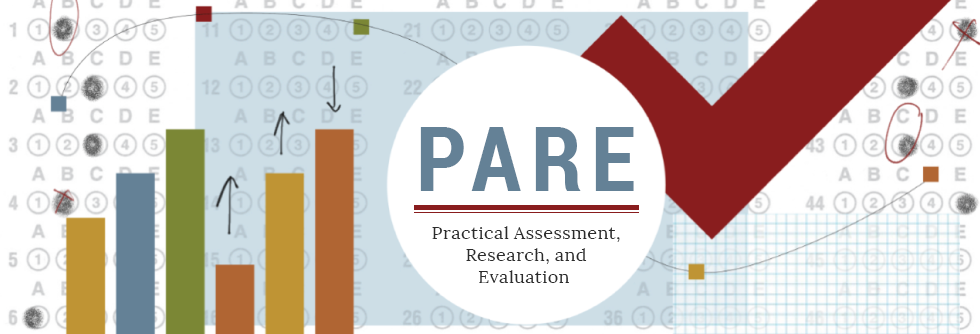What is in a Score? Exploring the Contribution of Raters, Students, Teachers, and the Teaching Context to Scores from Observation Systems
Abstract
Systematized, observational approaches to measuring teaching quality are an important tool in research and practice. Termed observation systems, these approaches are include a rubric that operationalizes a set of teaching quality constructs and structures to support rater training and monitoring. Scores from observation systems, through their interpretation as capturing the intended teaching quality constructs, are used to develop theoretical understandings of teaching quality. This paper explores what factors contribute to observation scores in a secondary analysis of the Understanding Teaching Quality project. Leveraging calibration data, I combine mixed-effects regression analyses of calibration data that examine rater accuracy (i.e., deviations from master scores) with analyses of operational data to explore the extent to which raters, students, teachers, and the teaching context contribute to scores. These analyses highlight that (1) some rater error may be invisible in typical analyses examining rater agreement; (2) rater error is largely systematic; and (3) differences in student composition across schools largely explain between-school differences in scores. These results highlight potential biases in estimates of score reliability and validity coefficients that might exist in studies that model rater agreement rather than rater accuracy and/or that fail to consider differences in between-teacher and between-school variation in observation scores.
Keywords: Observation System, Validity, Educational Measurement, Teaching Quality, Teacher Quality
How to Cite:
White, M., (2025) “What is in a Score? Exploring the Contribution of Raters, Students, Teachers, and the Teaching Context to Scores from Observation Systems”, Practical Assessment, Research, and Evaluation 30(1): 3. doi: https://doi.org/10.7275/pare.2106
Downloads:
Download PDF
View PDF
1449 Views
298 Downloads
